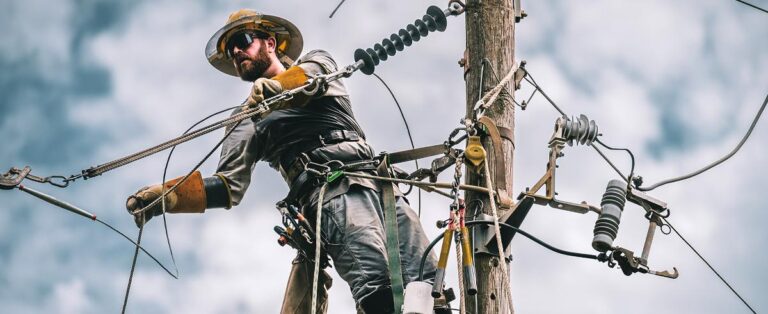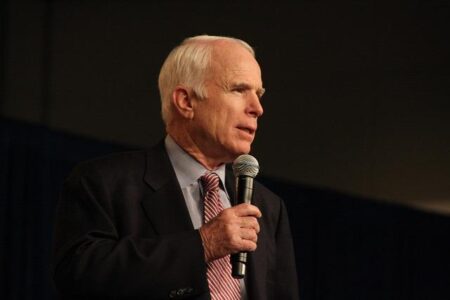CenterPoint Energy Launches Ambitious Lineworker Recruitment to Meet Growing Energy Needs
Facing a surge in electricity consumption across its service territories, CenterPoint Energy has unveiled a comprehensive plan to onboard nearly 800 new lineworkers by 2030. This initiative is designed to reinforce the company’s electrical infrastructure, guarantee consistent power delivery, and expedite critical maintenance and modernization projects that serve residential, commercial, and industrial clients. The recruitment campaign prioritizes attracting highly skilled professionals dedicated to maintaining stringent safety protocols and operational excellence amid the evolving demands of the energy sector.
The hiring strategy focuses on several pivotal goals:
- Scaling workforce capabilities to handle increasing electricity loads and improve grid durability.
- Enhancing training and certification programs to prepare new hires with cutting-edge industry knowledge.
- Reducing outage restoration times in response to more frequent and severe weather disruptions.
- Facilitating the integration of renewable energy sources as part of the company’s green energy transition.
| Metric | 2024 Goal | 2030 Forecast |
|---|---|---|
| Lineworker Recruitment | 150 | 800 |
| Training Hours per Employee | 40 | 75 |
| Average Outage Response Time (minutes) | 45 | 30 |
Strengthening Energy Infrastructure Through Targeted Workforce Growth
As energy consumption continues to rise and infrastructure demands intensify, CenterPoint Energy’s plan to recruit nearly 800 lineworkers by 2030 is a strategic response to these challenges. This expansion is critical for enhancing the reliability and resilience of power delivery systems throughout the company’s service regions. By investing heavily in skill development and safety training, CenterPoint is preparing a workforce capable of managing the complexities of modern grid operations and technological advancements.
The recruitment effort is guided by several strategic priorities:
- Mitigating infrastructure stress caused by population growth and urban expansion.
- Minimizing power outage durations through swift repair and maintenance protocols.
- Adopting innovative technologies to support grid modernization and smart energy solutions.
- Encouraging workforce diversity to foster creativity and operational efficiency.
The following table illustrates the projected hiring and training milestones set to achieve these objectives:
| Year | Lineworkers Recruited | Training Programs Launched |
|---|---|---|
| 2024 | 80 | 3 |
| 2026 | 150 | 5 |
| 2028 | 250 | 7 |
| 2030 | 220 | 9 |
Career Advice for Aspiring Lineworkers in an Evolving Utility Landscape
For those interested in pursuing a career as a lineworker, industry experts stress the importance of combining solid foundational knowledge with hands-on experience. Apprenticeships and technical training programs that provide practical exposure to electrical systems and safety procedures are highly recommended. Proficiency with specialized tools and staying current with emerging energy technologies significantly boost employability and prepare candidates for the increasing complexities of grid management.
Essential steps for prospective lineworkers include:
- Obtaining certifications such as OSHA safety training and commercial driver’s licenses.
- Maintaining physical fitness and stamina to meet the demands of fieldwork.
- Developing strong communication skills to collaborate effectively during high-pressure situations.
- Keeping abreast of renewable energy trends and smart grid innovations.
| Competency | Priority Level | Recommended Action |
|---|---|---|
| Electrical Safety | High | Complete OSHA and NFPA certifications |
| Physical Endurance | Medium | Engage in regular fitness training |
| Technical Expertise | High | Enroll in technical schools or apprenticeships |
| Communication | Medium | Enhance teamwork and crisis management skills |
Addressing Lineworker Shortages to Secure Future Energy Reliability
The persistent deficit of qualified lineworkers poses a significant threat to the dependable delivery of electricity as demand continues to climb. Utilities like CenterPoint Energy are under mounting pressure to accelerate recruitment and expand training programs to bridge this gap. Without sufficient skilled personnel, outage recovery times may lengthen, and the adoption of innovative energy technologies could slow, undermining grid resilience. Comprehensive training initiatives are essential to equip new employees with the advanced competencies required to manage increasingly complex infrastructure and evolving energy systems.
Benefits of tackling lineworker shortages through enhanced training include:
- Improved safety and operational efficiency amid rapid industry changes.
- Quicker restoration of power during extreme weather and emergencies.
- Accelerated integration of renewable energy and smart grid technologies.
- Long-term workforce sustainability through ongoing skill enhancement.
| Focus Area | Impact of Shortage | Training Program Advantage |
|---|---|---|
| Safety | Higher accident rates | Stronger safety protocols and awareness |
| Reliability | Extended outage periods | Faster response and repair capabilities |
| Technology Adoption | Delayed modernization | Enhanced proficiency with new tools and systems |
Looking Ahead: CenterPoint Energy’s Path to a Resilient Energy Future
As CenterPoint Energy advances its plan to recruit nearly 800 lineworkers by 2030, the company reaffirms its dedication to meeting the growing energy needs of its expanding customer base. This deliberate workforce growth is not only intended to improve service dependability but also to equip the utility with the talent necessary to navigate the dynamic challenges of the modern energy landscape. Communities and stakeholders will be closely monitoring these efforts as CenterPoint strengthens its infrastructure and supports regional economic growth in the coming decade.




